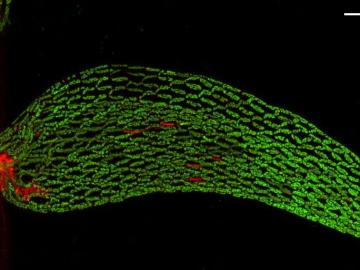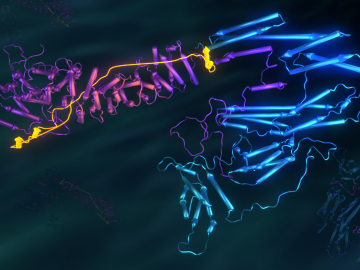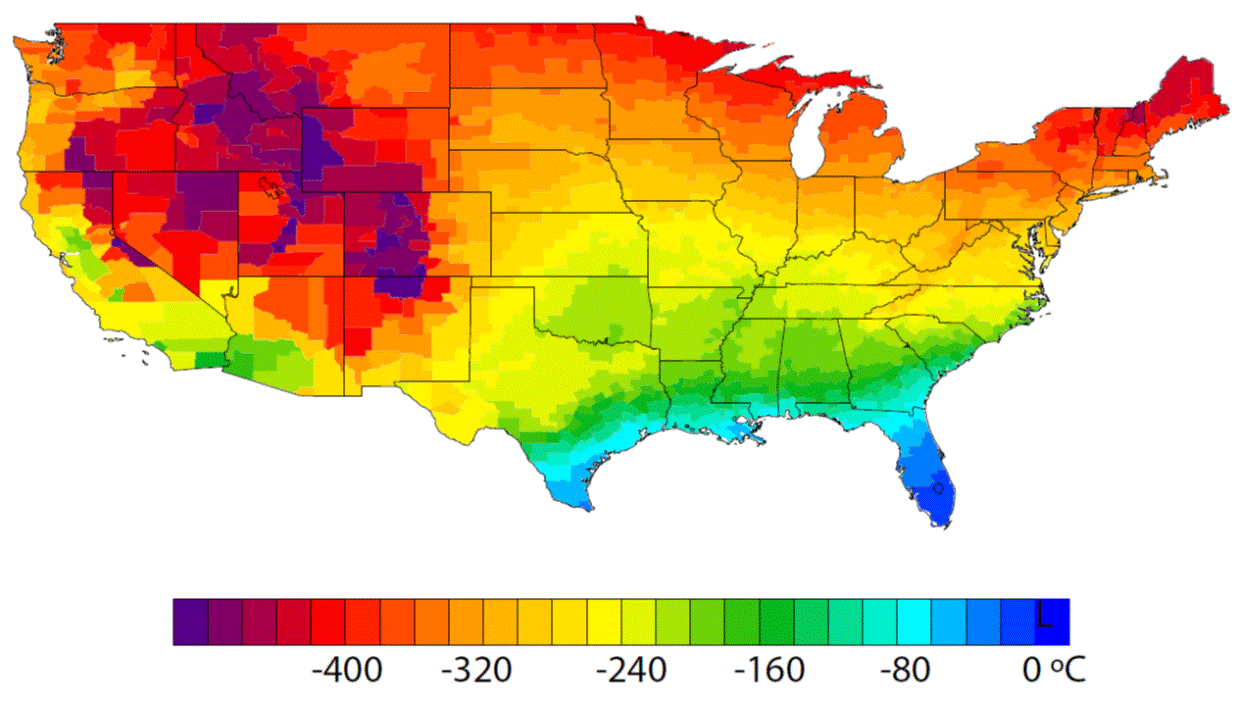
Filter News
Area of Research
- Advanced Manufacturing (3)
- Biology and Environment (22)
- Computational Biology (1)
- Computational Engineering (2)
- Computer Science (5)
- Energy Science (29)
- Isotopes (3)
- Materials (12)
- Materials for Computing (2)
- Mathematics (1)
- National Security (2)
- Neutron Science (24)
- Nuclear Science and Technology (5)
- Quantum information Science (1)
- Supercomputing (9)
News Type
News Topics
- (-) Artificial Intelligence (16)
- (-) Biomedical (11)
- (-) Biotechnology (4)
- (-) Composites (11)
- (-) Environment (48)
- (-) Isotopes (5)
- (-) Machine Learning (14)
- (-) Neutron Science (27)
- (-) Physics (4)
- (-) Security (1)
- (-) Space Exploration (10)
- 3-D Printing/Advanced Manufacturing (34)
- Advanced Reactors (13)
- Big Data (17)
- Bioenergy (17)
- Biology (21)
- Buildings (21)
- Chemical Sciences (13)
- Clean Water (14)
- Computer Science (42)
- Coronavirus (11)
- Critical Materials (12)
- Cybersecurity (3)
- Emergency (1)
- Energy Storage (32)
- Exascale Computing (1)
- Fossil Energy (1)
- Frontier (1)
- Fusion (9)
- Grid (22)
- High-Performance Computing (12)
- Hydropower (6)
- Irradiation (2)
- ITER (3)
- Materials (36)
- Materials Science (34)
- Mathematics (3)
- Mercury (3)
- Microscopy (11)
- Molten Salt (5)
- Nanotechnology (12)
- National Security (3)
- Nuclear Energy (19)
- Partnerships (2)
- Polymers (10)
- Quantum Computing (5)
- Quantum Science (12)
- Simulation (9)
- Statistics (1)
- Summit (8)
- Transportation (36)
Media Contacts

A novel approach developed by scientists at ORNL can scan massive datasets of large-scale satellite images to more accurately map infrastructure – such as buildings and roads – in hours versus days.

Oak Ridge National Laboratory will partner with Cincinnati Children’s Hospital Medical Center to explore ways to deploy expertise in health data science that could more quickly identify patients’ mental health risk factors and aid in

If humankind reaches Mars this century, an Oak Ridge National Laboratory-developed experiment testing advanced materials for spacecraft may play a key role.

A team of scientists found that critical interactions between microbes and peat moss break down under warming temperatures, impacting moss health and ultimately carbon stored in soil.

Researchers used neutron scattering at Oak Ridge National Laboratory’s Spallation Neutron Source and High Flux Isotope Reactor to better understand how certain cells in human tissue bond together.

Researchers used neutron scattering at Oak Ridge National Laboratory’s Spallation Neutron Source to probe the structure of a colorful new material that may pave the way for improved sensors and vivid displays.

A team including Oak Ridge National Laboratory and University of Tennessee researchers demonstrated a novel 3D printing approach called Z-pinning that can increase the material’s strength and toughness by more than three and a half times compared to conventional additive manufacturing processes.

Oak Ridge National Laboratory is training next-generation cameras called dynamic vision sensors, or DVS, to interpret live information—a capability that has applications in robotics and could improve autonomous vehicle sensing.

A detailed study by Oak Ridge National Laboratory estimated how much more—or less—energy United States residents might consume by 2050 relative to predicted shifts in seasonal weather patterns

Using the Titan supercomputer at Oak Ridge National Laboratory, a team of astrophysicists created a set of galactic wind simulations of the highest resolution ever performed. The simulations will allow researchers to gather and interpret more accurate, detailed data that elucidates how galactic winds affect the formation and evolution of galaxies.


